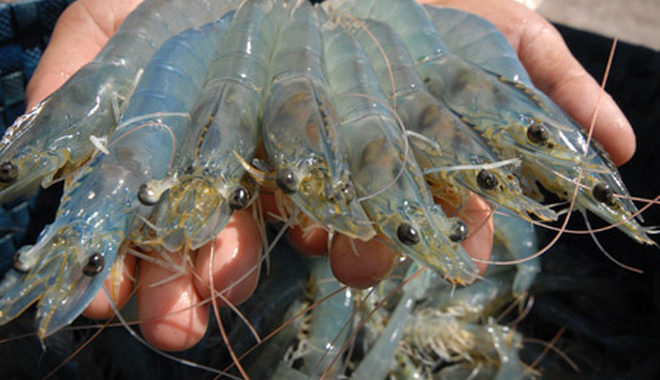October 30, 2025 | 22:49 GMT +7
October 30, 2025 | 22:49 GMT +7
Hotline: 0913.378.918
October 30, 2025 | 22:49 GMT +7
Hotline: 0913.378.918

Vietnamese shrimp is occupying an overwhelming market share in Australia. Photo: TL.
According to VASEP, the latest statistics of the International Trade Center (ITC) show that, in the first five months of 2021, shrimp imports into Australia have reached USD 127 million, up 40% over the same period last year.
A notable thing is that Vietnam's shrimp imports into Australia have increased sharply, but imports from Thailand and China have shown signs of decrease. In the first five months of this year, Vietnam's shrimp imports into Australia have reached USD 79 million, up 93% while imports from Thailand and China have decreased by 4% and 31% respectively.
Vietnam, Thailand, China, Malaysia, and Brunei are the top five shrimp suppliers to Australia, in which Vietnam is the largest market, accounting for an overwhelming share of 62% of the total value of imported shrimp. Next is Thailand, ranked second, accounting for 16%. China ranked third, accounting for 10%.
Although the price of shrimp imported from Vietnam is still higher than rival countries USD 1 - 2/kg, Vietnamese shrimps are competing very well in this market.
Australia is a potential shrimp export market in the CPTPP market group. In the past 2 years, the export value of Vietnamese shrimp (especially whiteleg shrimp) to the Australian market has been positive. In the second quarter of 2021, there are 81 Vietnamese enterprises participating in exporting shrimp to this market, the largest of which is Minh Phu Seafood Cooperation.
Shrimp products exported to Australia in the first half of this year are also quite diverse, which mainly include whiteleg shrimp and frozen black tiger prawn.
Translated by Samuel Pham

(VAN) Viet Nam mainly exports raw Bat Do bamboo shoots for deep processing, so premium products appear only on dining tables in Japan and Taiwan.

(VAN) Tafa Group CEO emphasized, 'It is essential to strengthen communication efforts so that 'Made in Vietnam’ egg brand not only maintains a strong foothold domestically but also reaches into export markets.'

(VAN) Building on its leading position, Ho Chi Minh City drives a green, digital, and creative wood industry toward global reach and its goal of joining the world’s top 100 most livable cities by 2045.
/2025/10/25/0325-1-nongnghiep-130321.jpg)
(VAN) The 2024–2025 crop year of Viet Nam's coffee industry has ended with record export turnover of USD 8.4 billion. Since the beginning of this year, exports have already surpassed USD 7 billion.

(VAN) Vietnam and Chile are seeing opportunities to deepen their agricultural cooperation, especially as both share a common vision of sustainable development and trade integration.

(VAN) Strong export growth across industries drives Phu Tho’s economic breakthrough and contributes to achieving overall growth goals.

(VAN) During the first 7 months of 2025, Russia boosted its share of Chinese poultry imports to a record 18%, up from 14% the previous year.